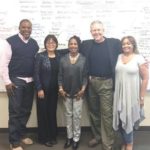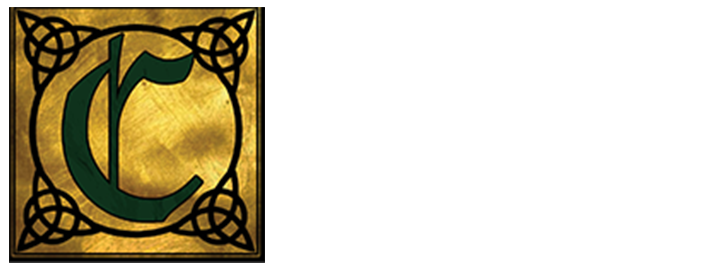They never saw it coming.
I was teaching my first class at Moody Bible Institute.
I handed out the syllabus. Faces around the room fell, jaws dropped as they read.
I had created a horrendous curriculum. The requirements were beyond the reach of normal undergraduate students. The expectations of time would allow little sleep. The assignments could have tested professors.
 I then brought the garbage can from the corner of the room, placed it on the front desk, told the students to wad up their syllabi, and toss their papers into the round file.
I then brought the garbage can from the corner of the room, placed it on the front desk, told the students to wad up their syllabi, and toss their papers into the round file.
Tears turned to smiles. Delighted, students dumped the classroom horror into the waste basket.
I could have taught them anything after that.
And I did.
I do not believe in “same-ol’-same-ol’.”
I believe in never let ‘em see you comin’.
Here are a few of the suprises I have used over the years to create student interest and enjoin student discovery:
Reading Children’s Books such as Horton Hears a Who when discussing “a person’s a person, no matter how small”
Jolting the class with a statement “Over the weekend I have come to the conclusion that there is no basis for historic Christianity,” then taking startled students through the process of listening for the assumptions of others’ beliefs.
Showing movie clips of 3-5 minutes such as the scene in Extreme Measures where a doctor says “If you could cure cancer by killing homeless men, wouldn’t you have to do that?”
Creating a crossword puzzle for teaching the ascension of Christ, encouraging students to dig for the knowledge on their own.
Taking field trips to an art museum where the students would take us to the painting or sculpture they had researched, giving an oral report on the worldview of the artist.
The way students learn is just as important as what they learn.
Method without content is empty. But content without method is dead.
Approach to a subject adds to the appreciation of a subject. If students are enlivened by a hook into the curriculum it will be easier to read the book, take a look, and see what they took away from the learning experience. [See my essay on “Didactics” here.]
 A senior high school class was writing their final thesis. Each person was responsible to create five 100-word annotations for a bibliography each week for the first three weeks of class.
A senior high school class was writing their final thesis. Each person was responsible to create five 100-word annotations for a bibliography each week for the first three weeks of class.
They complained. They called the assignments busy work.
On the fourth week, the students were required to hand in the first three pages of the assignment.
They stopped complaining.
 One young person spoke for the rest, “We didn’t realize what we thought was ‘busy work’ was actually helping us to write the paper. We didn’t see that coming.”
One young person spoke for the rest, “We didn’t realize what we thought was ‘busy work’ was actually helping us to write the paper. We didn’t see that coming.”
Music, case studies, poetry, guest speakers, panel discussions, Q&A, agree-disagree statements, compare-contrast assignments, project-based assignments, current events, visuals, cartoons, stories, or making the classroom floor the geography of the Old Testament created surprise for my students.
 Attraction to learning is just as much my responsibility as the content I want students to learn.
Attraction to learning is just as much my responsibility as the content I want students to learn.
The surprised students in my first undergrad class still recount their response to that first syllabus.
I am not surprised.
 Mark is ever thankful for the opportunity to have taught junior high through PhD students over 30 plus years. This essay is written toward Dr. Eckel’s anticipated book Up Against the Lockers: Teaching-Learning as Christian Practice due out at the end of the year. Dr. Eckel is President of The Comenius Institute. [See our 1 minute video here.]
Mark is ever thankful for the opportunity to have taught junior high through PhD students over 30 plus years. This essay is written toward Dr. Eckel’s anticipated book Up Against the Lockers: Teaching-Learning as Christian Practice due out at the end of the year. Dr. Eckel is President of The Comenius Institute. [See our 1 minute video here.]
Picture credits: wikipedia




Yep! We never did see THAT coming 🙂 Master Teacher!
Dr. Eckel,
Thank you once again for your wisdom here. As someone who teaches regularly now, your comment, “The way students learn is just as important as what they learn” is a profound statement. I am looking forward to reading another book of yours.
Dr. Eckel,
Thank you once again for your wisdom here. As someone who teaches regularly now, your comment, “The way students learn is just as important as what they learn” is a profound statement. I am looking forward to reading another book of yours.